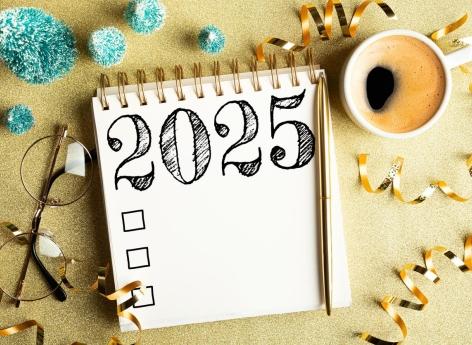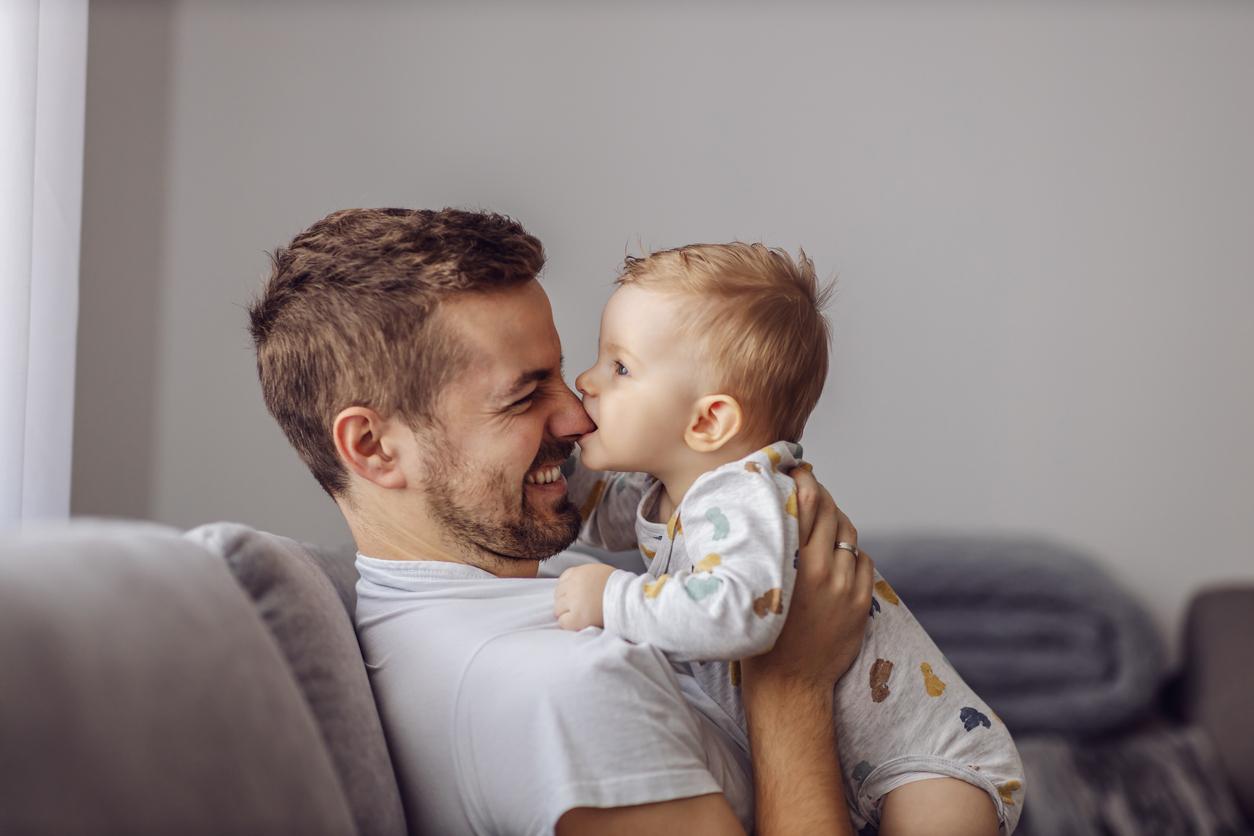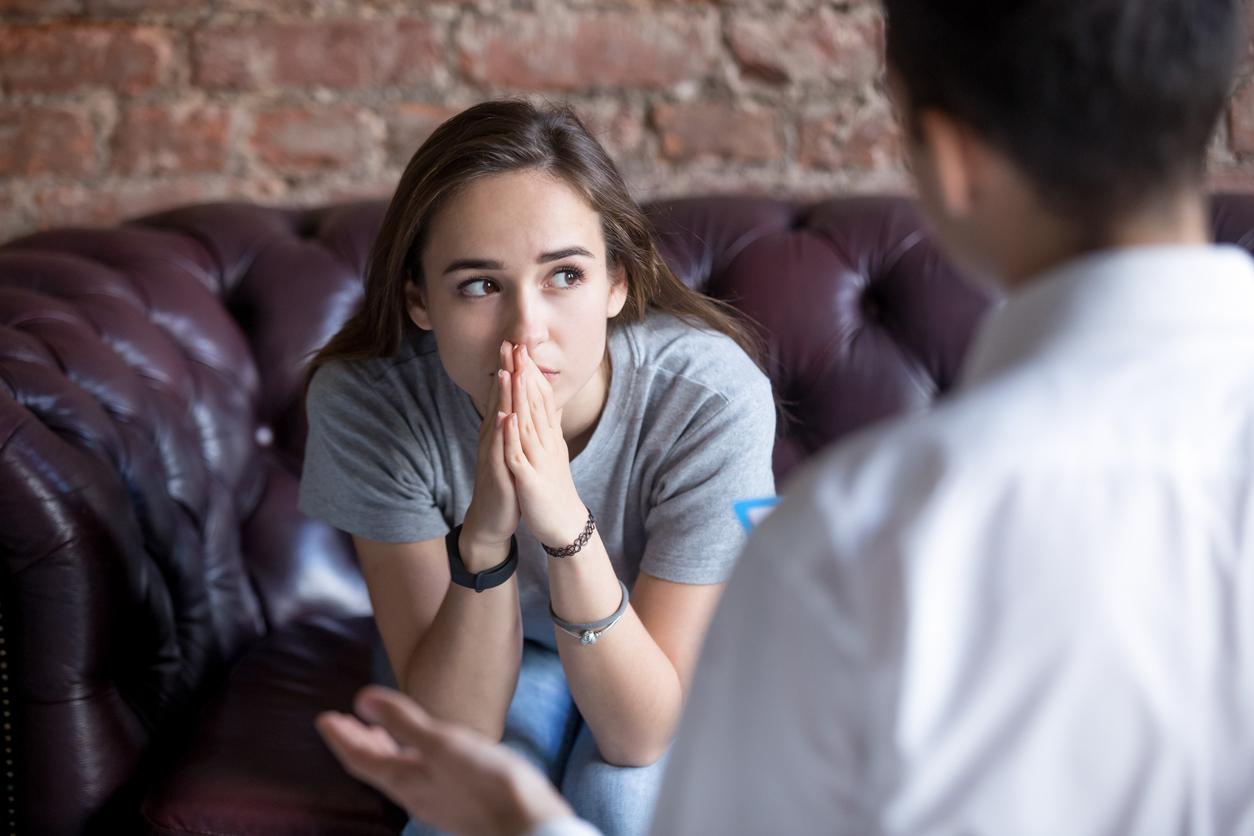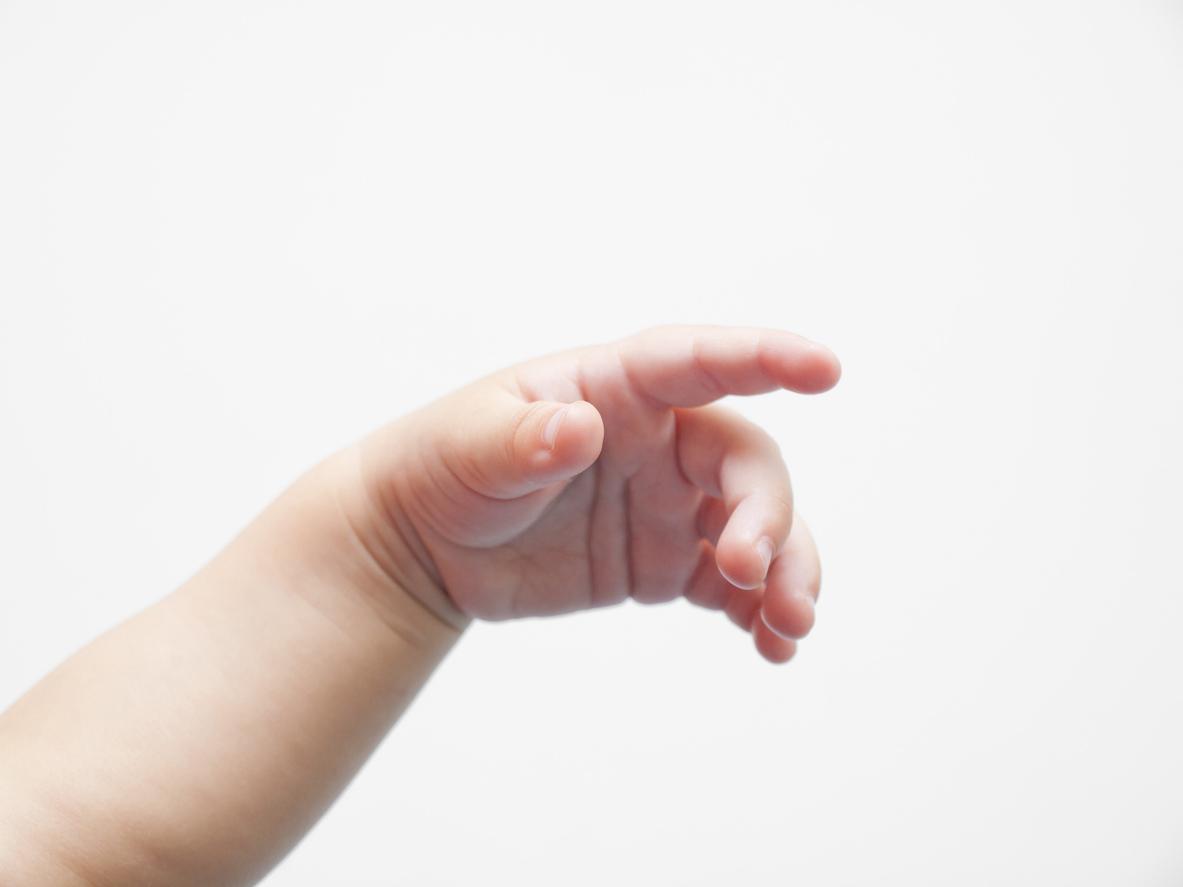At the heart of debates in the medical world, the placebo effect, and its twin the nocebo effect, are mysterious phenomena that have been known for a long time. Able to treat without active ingredient, it highlights the influence of psychological effects on the body.

- A placebo is a product that contains no active ingredient but is presented as effective. The word placebo comes from Latin and means “I will please”.
- Many drugs, with a real active substance, would have a part of their effectiveness attributed to a placebo effect.
- There is the opposite effect of the placebo, the nocebo effect, which often concerns people rejecting certain drugs or vaccines.
The famous “magic kiss”, a miraculous remedy that helps calm your child when he has hurt himself somewhere, or the little lollipop that some pediatricians give to toddlers to soothe the trauma of the bite. Why does it work so well?
This is called the placebo effect, a “therapeutic effect obtained by the administration of tablets, liquids, injections and all procedures which have no specific effect on the disease to be treated”according to Patrick Lemoine, psychiatrist and author of The Mystery of the Placebo. In other words, it is a product which does not contain any active ingredient but which is presented as effective. And it doesn’t just work on kids.
The placebo effect, a mysterious phenomenon known for a long time
A well-known historical example is that of Henry Beecher. During the Second World War, this American anesthetist had to treat wounded combatants but began to run out of morphine to relieve their pain. He therefore injected them with a saline solution while continuing to assure them that it was indeed the precious painkiller. He then noticed that his patients felt relieved and complained less about their pain, as if they had actually received morphine. Very quickly, he realized that tricking patients in this way could have another use: clinical trials. He was then at the origin of the systematic introduction of a placebo group in clinical studies, from the 1950s, to test new treatments.
Today, the place of the placebo effect in drug treatment is at the center of many debates in the scientific world. If research on the subject has accelerated in recent years, it is still a very mysterious phenomenon. But then, how does it work?
How the placebo effect works
First of all, it must be understood that placebos can have real effects on physical symptoms with, for example, a reduction in anxiety, pain, or fever. Because during the taking of a placebo, there is a real change on the physiological and biochemical level in the patient, in particular at the level of the brain. This phenomenon has been studied extensively in relation to pain response. The release by the brain of two neurotransmitters, endorphin and dopamine, which produce an analgesic effect and a feeling of well-being, have been observed after taking a placebo to relieve pain.
It has even been discovered that drugs, with real active substances, could have part of their effectiveness attributed to a placebo effect. For example, paracetamol or aspirin. When you are used to taking it to fight a headache, most of the time the effects begin before the substance has time to be really active in the brain. Because the shape, color and taste of the tablet or cachet have been unconsciously associated with a reduction in pain. With the same tablet but without active substance, it is likely that one feels the same. This is another aspect of the placebo, waiting: the psychological anticipation by the body of a relief that produces physiological effects (release of endorphins and/or dopamine in particular).
The nocebo effect, “twin” of the placebo
The placebo effect highlights the influence of psychological effects on the physiological state. And if the brain is able to relieve some pain thanks to the placebo, it can also lead to undesirable effects. This is the nocebo effect, the opposite of the placebo effect. It is often associated with people who reject certain medications. A JAMA study, published at the end of January 2022, shed light on this phenomenon in relation to vaccination against Covid-19. The researchers showed that after the first dose, 35% of the control group, which had therefore not received the real vaccine, reported adverse effects (31% after the second dose). In the vaccinated group, 46% of participants reported adverse effects after the first dose (61% after the second dose). By calculating the ratio between the percentages of adverse effects reported in the vaccinated group and the control group, the researchers estimated that in vaccinated people, 76% of systemic effects after one dose of vaccine and 51% after two doses are related to the nocebo effect. Results that prove the influence of the nocebo effect on certain undesirable effects attributed to vaccines.















